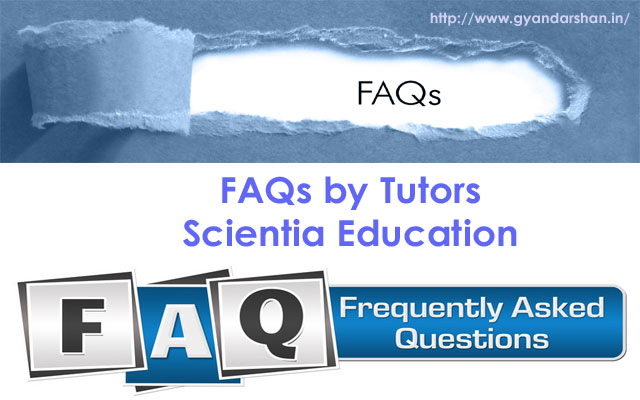MCQs on Crystal Field Theory
MCQs on Crystal Field Theory
- Which of the following complexes shows zero crystal field stabilization energy?
(a) [Co(H2O)6]3+
(b) [Fe(H2O)6]3+
(c) [Co(H2O)6]2+
(d) [Mn(H2O)6]3+
Answer: (b)
- Which of the following is paramagnetic?
(a) [CoBr]42-
(b) Mo(Co)6
(c) [Pt(en)Cl2]
(d) [Co(NH3)6]3+
Answer: (a)
- For a high spin d4 octahedral complex the crystal field splitting energy will be
(a) -1.6 Δo
(b) -0.8 Δo
(c) -0.6 Δo
(d) -1.2 Δo
Answer: (c)
- Which of the following is a bidentate ligand?
(a) Br
(b) CH3NH2
(c) C2O42-
(d) CH3CN
Answer: (c)
- How many unpaired electrons are present in [CoF6]3- complex?
(a) 4
(b) zero
(c) 2
(d) 3
Answer: (a)
- Which of the following d orbitals take part in the octahedral complex with d2sp3 hybridisation?
(a) dxy, dyz
(b) dxz, dx2−y2
(c) dx2−y2, dz2
(d) dz2, dxz
Answer: (c)
- The compound, which does not contain a metal-carbon bond is
(a) K[Pt(C2H4)Cl3]
(b) C2H5MgBr
(c) Ni(CO)4
(d) Al(OC2H5)3
Answer: (d)
- The correct increasing order of splitting power of ligands according to spectrochemical series is
(a) Cl– < OH– < CN–
(b) Cl– < CN– < OH–
(c) OH– < Cl– < CN–
(d) OH– < CN– < Cl–
Answer: (a)
- Which of the following complexes has a magnetic moment of 1.73 BM?
(a) [Ni(CN)4]2-
(b) TiCl4
(c) [Cu(NH3)4]2+
(d) [CoCl6]4-
Answer: (c)
- Tetraamminecopper(II) sulphate is _______ in colour.
(a) violet
(b) blue
(c) green
(d) red
Answer: (b)




